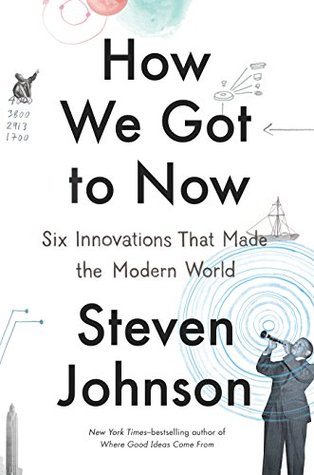Chicago stockyards that emerged in the last two decades of the nineteenth century were, as Upton Sinclair wrote, “the greatest aggregation of labor and capital ever gathered in one place.” Fourteen million animals were slaughtered in an average year. In many ways, the industrial food complex held in such disdain by modern-day “slow food” advocates begins with the Chicago stockyards and the web of ice-cooled transport that extended out from those grim feedlots and slaughterhouses. Progressives like Upton Sinclair painted
Welcome back. Just a moment while we sign you in to your Goodreads account.


